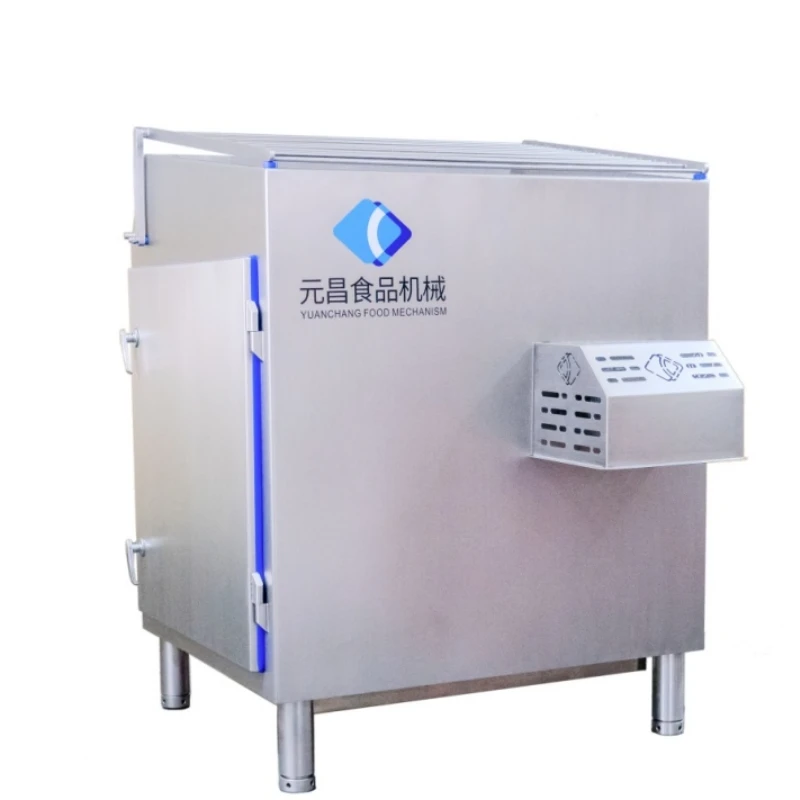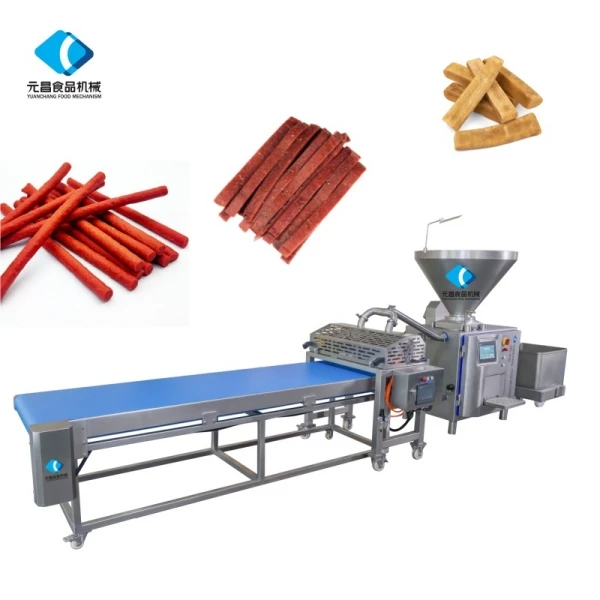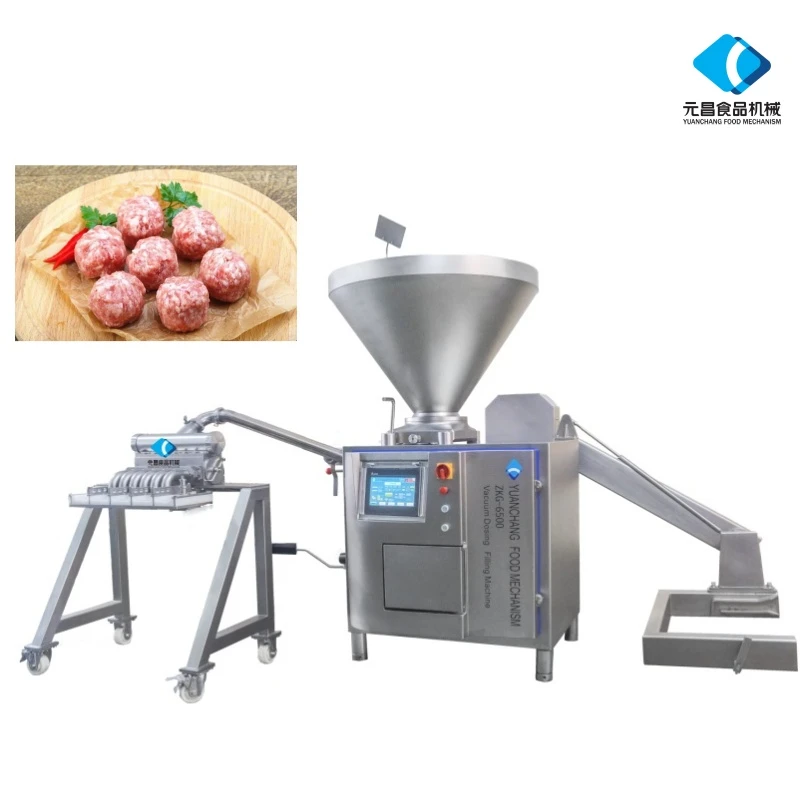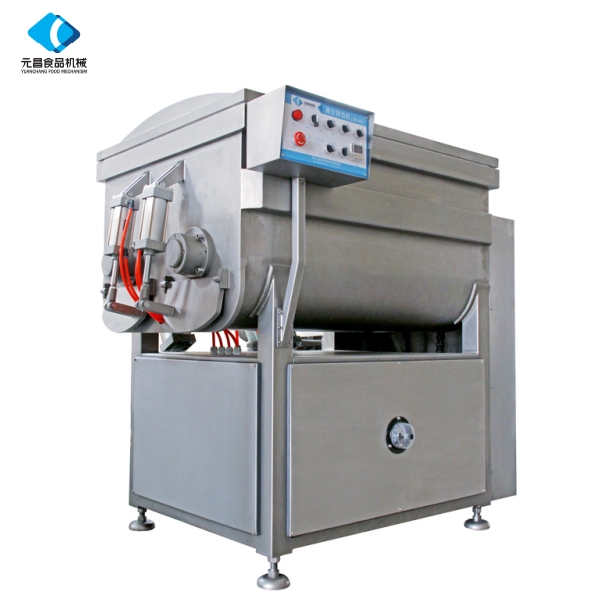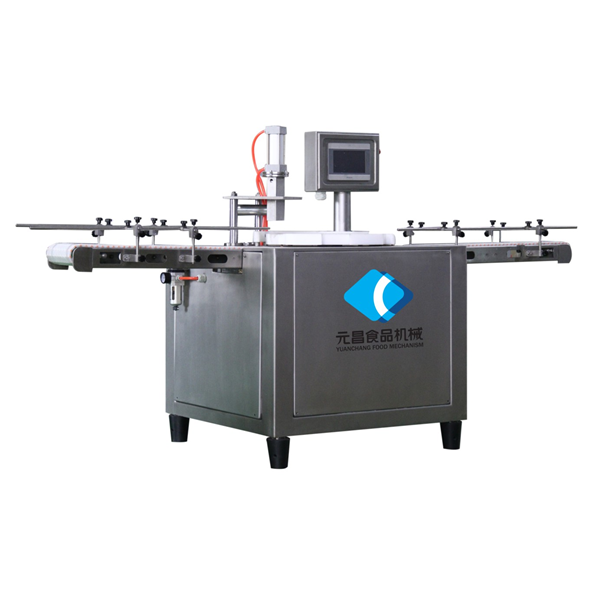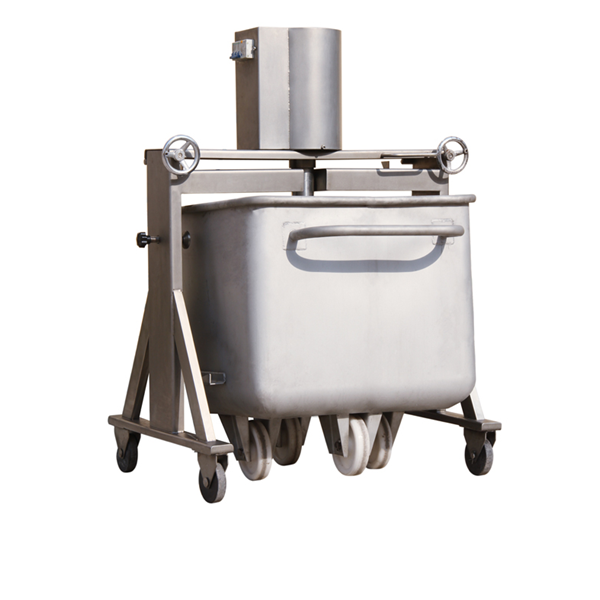- Afrikaans
- Albanian
- Amharic
- Arabic
- Armenian
- Azerbaijani
- Basque
- Belarusian
- Bengali
- Bosnian
- Bulgarian
- Catalan
- Cebuano
- chinese_simplified
- chinese_traditional
- Corsican
- Croatian
- Czech
- Danish
- Dutch
- English
- Esperanto
- Estonian
- Finnish
- French
- Frisian
- Galician
- Georgian
- German
- Greek
- Gujarati
- haitian_creole
- hausa
- hawaiian
- Hebrew
- Hindi
- Miao
- Hungarian
- Icelandic
- igbo
- Indonesian
- irish
- Italian
- Japanese
- Javanese
- Kannada
- kazakh
- Khmer
- Rwandese
- Korean
- Kurdish
- Kyrgyz
- Lao
- Latin
- Latvian
- Lithuanian
- Luxembourgish
- Macedonian
- Malgashi
- Malay
- Malayalam
- Maltese
- Maori
- Marathi
- Mongolian
- Myanmar
- Nepali
- Norwegian
- Norwegian
- Occitan
- Pashto
- Persian
- Polish
- Portuguese
- Punjabi
- Romanian
- Russian
- Samoan
- scottish-gaelic
- Serbian
- Sesotho
- Shona
- Sindhi
- Sinhala
- Slovak
- Slovenian
- Somali
- Spanish
- Sundanese
- Swahili
- Swedish
- Tagalog
- Tajik
- Tamil
- Tatar
- Telugu
- Thai
- Turkish
- Turkmen
- Ukrainian
- Urdu
- Uighur
- Uzbek
- Vietnamese
- Welsh
- Bantu
- Yiddish
- Yoruba
- Zulu
Premium Frozen Meat Slicer High Precision Cutting
- Introduction to frozen meat processing challenges
- Technical specifications and cutting-edge features
- Comparative analysis of industry-leading manufacturers
- Customization options for specialized operations
- Industry-specific application case studies
- Operational efficiency and financial benefits
- Implementation guidance and technical support

(Слайсер для замороженного мяса)
The Essential Engineering Behind Frozen Meat Slicers
Processing frozen protein blocks presents unique physical challenges that standard equipment cannot overcome. Industrial operations handling temperatures between -20°C to -5°C require specialized cutting solutions that maintain precision while resisting extreme structural stress. Conventional blades dull within hours under these conditions, causing inconsistent portioning and dangerous equipment failure. Modern frozen meat slicers overcome these limitations through cryogenic steel alloys hardened to 56-60 HRC, maintaining sharpness through approximately 15,000 operational hours before requiring maintenance.
Advanced hydraulic systems generate between 5-12 tons of consistent pressure depending on model specifications, enabling clean cuts through fully frozen blocks without fragmentation. Temperature-regulated cutting chambers ensure product integrity by maintaining optimal conditions throughout processing cycles. Most industrial units feature automated feed systems processing 500kg to 2.5 tonnes hourly, while integrated sensors monitor blade integrity, automatically adjusting rotation speeds between 120-350 RPM based on density variations.
Technological Innovation in Cutting Systems
Leading machines incorporate laser-guided alignment systems achieving ±0.2mm slicing accuracy consistently. Multi-axis blade oscillation technology reduces friction heat by 65% compared to traditional straight blades, preserving cellular structure and reducing product dehydration loss to under 1.2%. Patented anti-vibration frames decrease harmonic resonance by 40%, extending mechanical lifespan while maintaining workplace noise levels below 78dB.
Automated thickness calibration allows on-the-fly adjustments from 1mm deli slices to 50mm steaks via touchscreen interfaces. Dual-sensor protection systems immediately halt operation if operator proximity exceeds safety parameters. These advancements collectively reduce labor requirements by approximately 70% compared to manual operations while quadrupling output consistency in commercial settings.
Manufacturer Comparison Analysis
| Manufacturer | Production Capacity | Energy Efficiency | Cut Accuracy | Maintenance Frequency |
|---|---|---|---|---|
| FrostCut ProLine | 850 kg/h | 4.2 kWh/ton | ±0.15mm | Every 750 hours |
| CryoTech X900 | 1.2 t/h | 5.1 kWh/ton | ±0.25mm | Every 500 hours |
| GlacierBlade Industrial | 650 kg/h | 3.8 kWh/ton | ±0.18mm | Every 950 hours |
The FrostCut ProLine outperforms competitors in precision cutting applications, while GlacierBlade provides superior energy efficiency for operations prioritizing sustainability. CryoTech offers the highest throughput capacity for large-volume processors, though with marginally reduced accuracy standards.
Customization Capabilities
Specialized processing requirements demand tailored engineering solutions. For bacon producers needing exact 2.3mm slicing, vacuum-based material stabilization systems maintain product positioning within 0.05mm tolerance throughout cutting cycles. Halal-certified facilities implement dedicated blade sanctification protocols and stainless steel composition modifications that satisfy religious compliance standards.
Operations handling irregularly shaped cuts integrate 3D volumetric scanning that maps surface topography prior to cutting. Alternative blade configurations include wave-pattern designs that reduce compression forces by 40% for delicate cured products, or micro-serrated edges optimized for fibrous cuts with tensile strengths exceeding 45 MPa. Such modifications typically require 8-12 weeks for prototyping and implementation.
Practical Implementation Scenarios
European wholesale distributor CarniPro increased yield recovery by 12.7% following installation of automated portioning systems across three facilities. Precision calibration reduced trim waste below 3.1%, adding approximately €285,000 annualized margin improvement. Their customized blade sharpening schedule extended service intervals to every 600 operational hours while maintaining consistent slice integrity.
A Canadian game processor specializing in bison production integrated specialized cryogenic blades able to handle bone densities up to 1.85 g/cm³. This solution eliminated five processing steps from their workflow, reducing labor requirements by 37% while increasing throughput capacity to 1.5 tonnes hourly. The modification resulted in 14-month ROI despite specialized engineering requirements.
Operational and Financial Considerations
High-performance cutting systems typically achieve payback within 18-24 months through multiple efficiency channels. Labor cost reductions contribute approximately 45% of savings, while yield optimization accounts for 30% of financial benefits. Power consumption remains relatively low at 6-9 kW average demand during operation, representing less than 12% of operational expenses.
Preventive maintenance protocols reduce unplanned downtime below 2.5% annually when following manufacturer recommendations. Blade replacement costs range between €1,200-€2,500 depending on specifications, with service life extending to three years under moderate usage patterns (1,950 hours annual operation). Most processors report 23-28% overall production cost reductions after implementation.
Advancing Efficiency with Modern Frozen Meat Slicers
Implementing advanced cutting technology requires thorough operational analysis before specification. Reputable manufacturers conduct onsite evaluations measuring block dimensions, temperature gradients, and throughput requirements. Installation typically requires reinforced flooring able to withstand 4,500kg dynamic loads and dedicated 30-40 amp electrical circuits. Technical support packages should include remote diagnostic systems that predict maintenance needs with 90% accuracy, minimizing operational interruption.
Operator training programs cover safety protocols, calibration procedures, and troubleshooting fundamentals during 3-5 day sessions. Performance benchmarking establishes throughput baselines from which incremental improvements are measured. Most facilities realize optimal productivity gains 8-10 weeks post-implementation as staff proficiency develops and equipment settings refine to specific operational patterns. Continuous monitoring systems track 17 key performance indicators to quantify ROI annually.
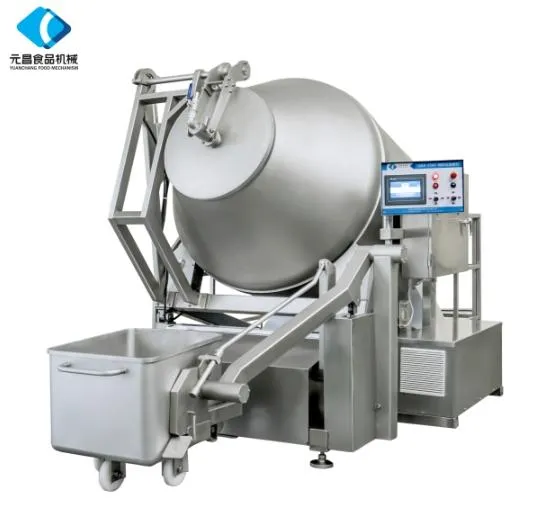
(Слайсер для замороженного мяса)
FAQS on Слайсер для замороженного мяса
根据要求,围绕冷冻肉切片设备主题创建了5组英文FAQ,采用结构化HTML格式:Q: What is the primary function of a frozen meat slicer?
A: Frozen meat slicers efficiently cut solid blocks of deep-frozen meat into uniform slices or portions. They handle temperatures as low as -18°C to maintain product integrity. Ideal for processing poultry, beef, and pork in bulk operations.
Q: How does a frozen meat block cutter ensure consistent thickness?
A: Precision laser-guided blades adjust cutting thickness from 0.5mm to 30mm. Hydraulic pushers maintain constant pressure against the blade. Digital control panels allow micron-level calibration for accuracy.
Q: What safety features do frozen meat cutting machines include?
A: All models feature emergency stop buttons and blade guards meeting ISO 12100 standards. Automated lock-out systems activate during maintenance. Non-slip footplates and food-grade stainless steel construction prevent contamination.
Q: Can these machines process bone-in frozen meat?
A: Industrial-grade block cutters equipped with tungsten carbide blades can process meat with small bones. Standard slicers require boneless input material. Always consult manufacturer specifications for bone size limitations.
Q: What maintenance do frozen meat slicers require?
A: Daily blade sharpening and food residue removal are essential. Lubricate guide rails weekly using NSF-H1 oils. Professional servicing every 500 operating hours ensures optimal hygiene and performance standards.
-
High-Efficiency Sausage Processing Machine for Quality OutputsNewsJun.09,2025
-
Professional Heavy Duty Meat Mixer Industrial Strength & EfficiencyNewsJun.09,2025
-
Premium Commercial Meat Mixer Grinder for SaleNewsJun.09,2025
-
Premium Meat Processing Conveyors Durable & Hygienic DesignNewsJun.09,2025
-
Premium Meat Smoke House High-Quality & Durable DesignNewsJun.08,2025



